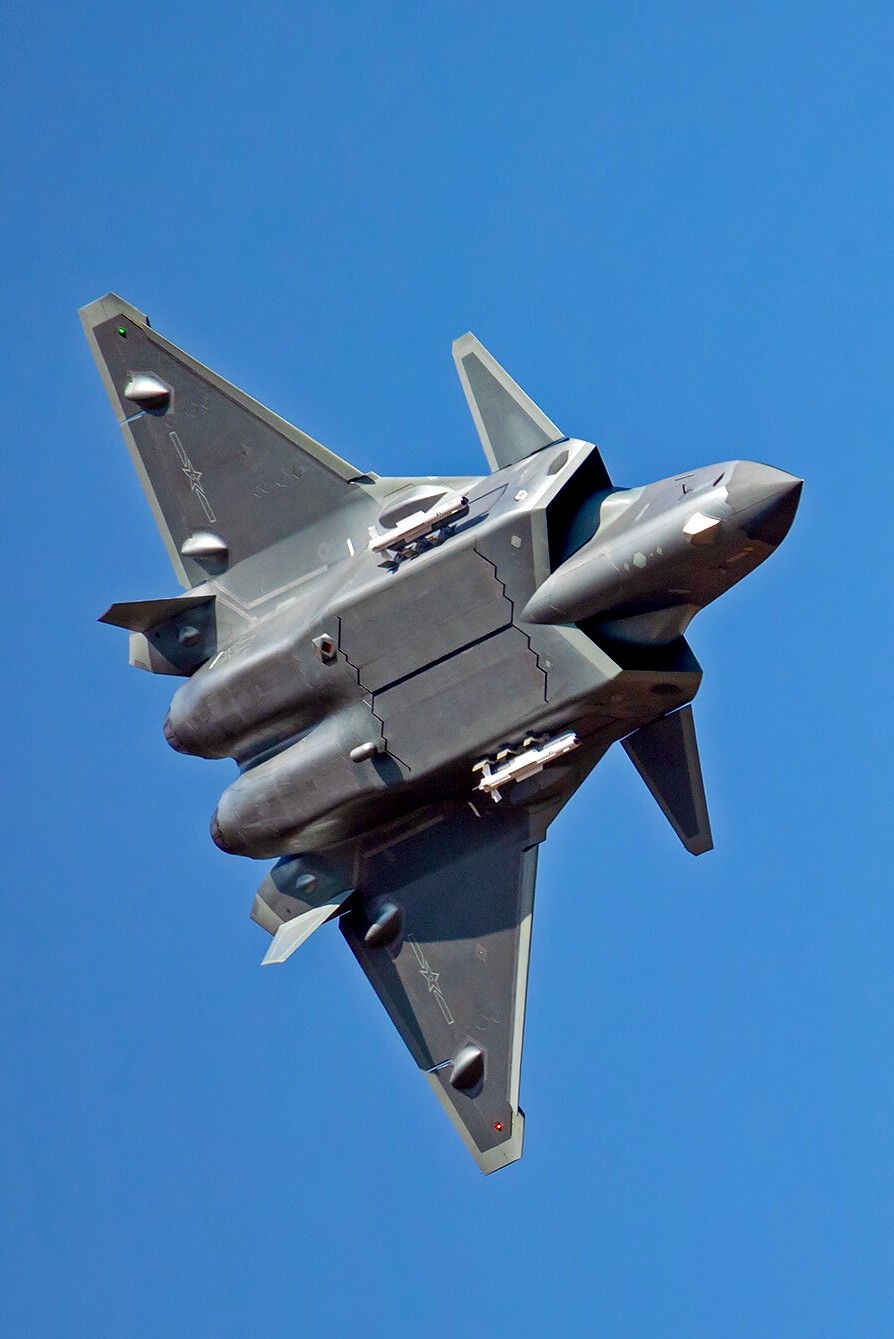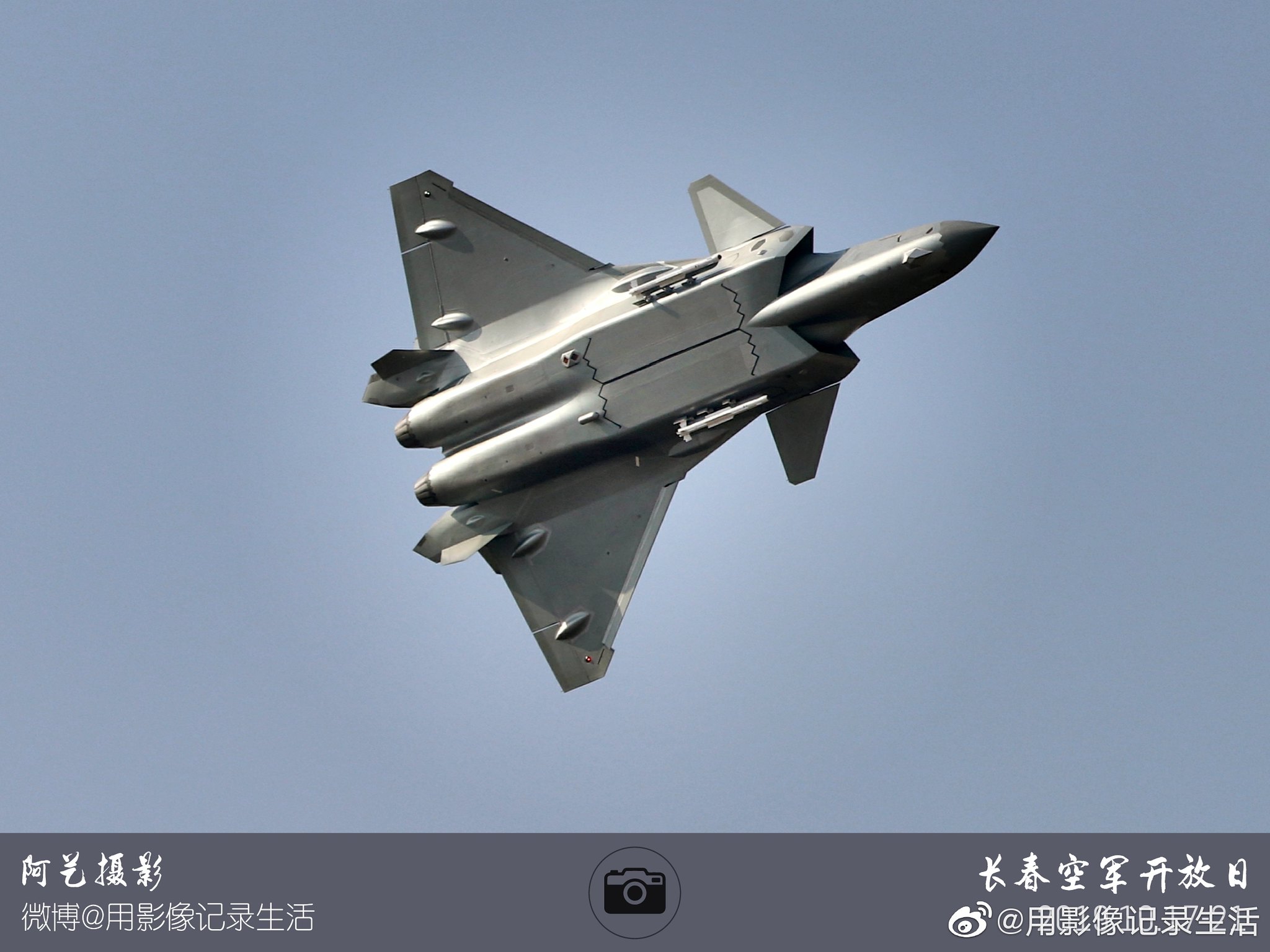J-20 main role is to bypass escort fighters and being the stealth spoting eye forward penetrating scout for the J-16 carrying extra long range PL-21 hunt force multipliers like oil tanker and early warning command control once those are gone remaining escort fighters will have no eyes no leg range turning on radar will make it much easier target turning on flashlight in absolute dark night in the vast Pacific ocean no where for emergency landing once the fuel is empty war is not knight joust if you're fighting fair then you are not trying, missiles will always have way more kinematic performance than platforms so over chasing fighter engine performance is a fruitless pursuit
Well, that’s a different type of mission. If those targets present themselves, then J-20 can seal club them quickly. But that scenario would likely only come up later on when a hypothetical enemy’s attack has already been blunted.
Hunting down stealth fighters, stealth bombers and high end 4.5 gen would still be the main activity.

















